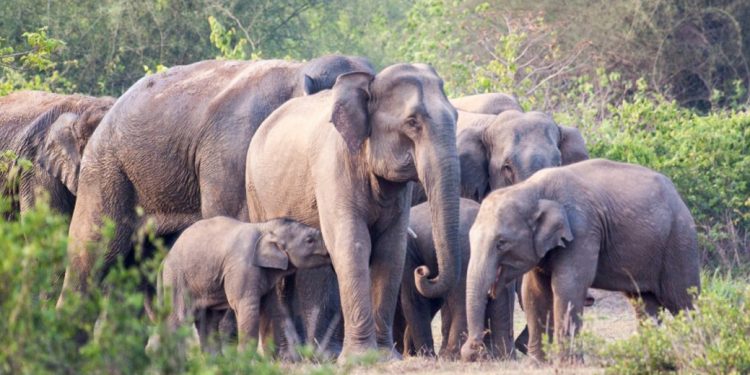New Delhi: Odisha recorded 624 human deaths in human-elephant conflicts in the last five years, the highest in the country, according to government data. Nationwide, human-elephant conflicts resulted in 2,853 human deaths during the past five years, with the number of fatalities reaching a five-year high of 628 in 2023.
Responding to a question in the Rajya Sabha, Union Minister of State for Environment Kirti Vardhan Singh said ‘elephants caused’ 587 human deaths in 2019, 471 in 2020, 557 in 2021, 610 in 2022 and 628 in 2023. Odisha was followed by Jharkhand with 474 deaths, West Bengal with 436, Assam with 383, Chhattisgarh with 303, Tamil Nadu with 256, Karnataka with 160 and Kerala with 124.
The minister said the management of wildlife habitats was primarily the responsibility of state governments and Union Territory administrations and that the Central government provided financial and technical support under the centrally sponsored Project Tiger & Elephant scheme for the protection of animals, their habitats and corridors, addressing human-animal conflict, and for the welfare of captive elephants. In February 2021, the ministry issued an advisory on dealing with human-wildlife conflict, recommending coordinated inter-departmental action, identification of conflict hotspots, adherence to standard operating procedures, and establishment of rapid response teams.
In June of the following year, the environment ministry issued guidelines to states and Union Territories on managing human-wildlife conflicts, including damage to crops. The guidelines promote the cultivation of crops in forest fringe areas that are unpalatable to wild animals, and the use of agroforestry models incorporating cash crops such as chillies, lemongrass, and khus grass, mixed with tree and shrub species.






































